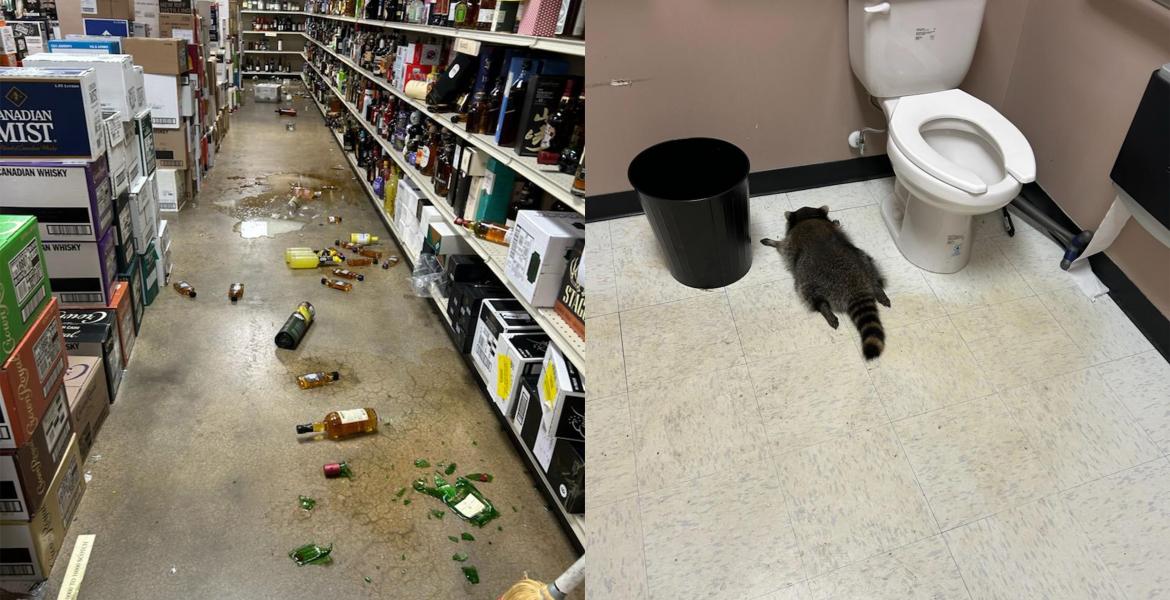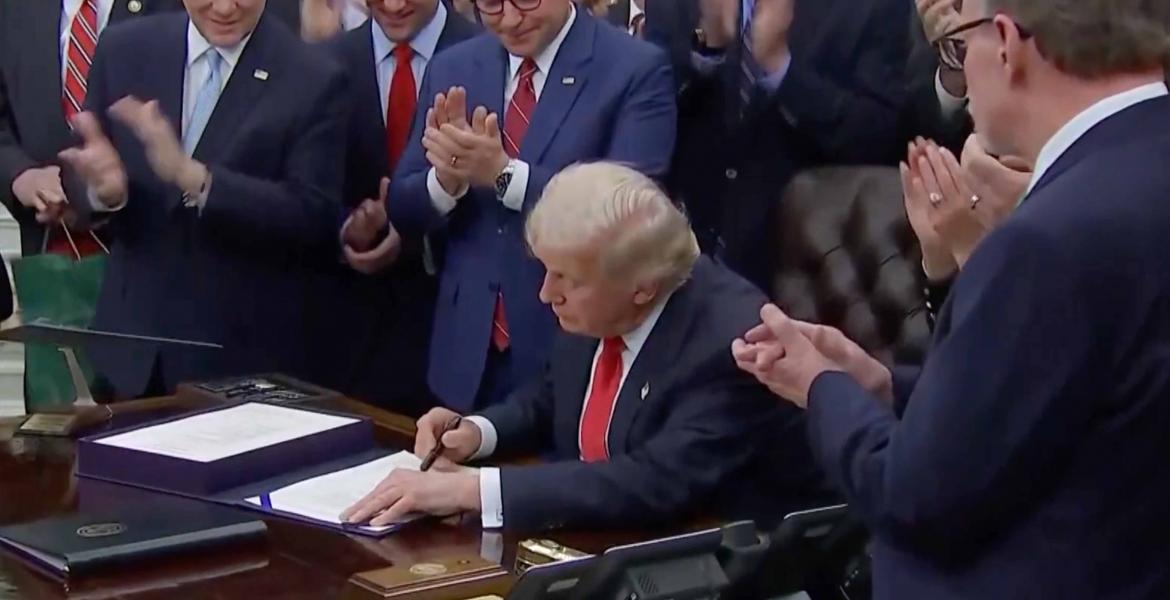On November 20, 1963, from Barksdale Air Force Base, near Shreveport, Louisiana, a USAF U-2C took off on a reconnaissance sortie just after 6 a.m. to take photographs of the Island of Cuba.
One year and one month after the end of the Cuban Missile Crisis, Strategic Air Command (SAC) U-2s from the famed 4080th Strategic Reconnaissance Wing were tasked with continued Cuba overflights to ensure that the Soviet Union would not redeploy its offensive, medium-range nuclear missiles only 90 miles from Florida. Barksdale AFB was the location of temporary duty for the U-2s performing the Cuban missions at that time.
The pilot wasn’t new to the Cuba mission. He had been flying the U-2 mission for over three years. Nor were sorties over Cuba just routine. At the end of the Cuban Missile Crisis, the Soviet Union had removed their medium range nuclear missiles trained on the U.S. homeland, but they left Cuban President Fidel Castro with a gift of brand new SA-2 surface-to-air missiles (the NATO designation is “Guideline” missiles”) that were successful in downing a U-2 pilot named Francis “Frank” Gary Powers over Moscow in 1960. Castro was also given a squadron of state-of-the-art MiG 21 fighter aircraft that were clumsy at high altitude, but considered a formidable threat still.
During a previous deployment of support the Cuban mission that year, this U-2 pilot was awarded the Distinguished Flying Cross (DFC) for out-maneuvering a MiG 21 that attempted to meet it head-on. In all , during his short tour as a U-2 pilot, in addition to earning the prestigious DFC, he was about to pin on his 5th Oak Leaf Cluster to an Air Medal, meaning it was his sixth Air Medal. Even by today’s standards with frequent deployments to two war zones, in Iraq and Afghanistan, earning six Air Medals within three years is the exception, not the rule. The pilot had an “aw shucks” attitude to the medals, though. He said that everyone in his unit got them just for doing their job.
By 11 a.m., the pilot completed the zig-zag flight plan over hostile territory taking classified pictures of areas assigned his mission and was approaching Key West, with the coast of Florida becoming larger and larger in the mid-morning sun. Earlier in the mission, in a required radio position report back to the SAC command post, the pilot indicated that his autopilot had failed.
Flying the U-2 was hard enough with the aid of an autopilot. Flying the U-2 without an autopilot is dangerous, especially at high altitude where the air is extremely thin. The airspeed indicator allows for only three knots (about 5 mph) of deviation. If you fly too slow, the U-2 will stall and lose altitude quickly. If you fly too fast, the U-2 will enter a regime called “mach tuck” where the aircraft will exceed the speed of sound and probably break apart. This regime is referred to as the “coffin corner” by U-2 pilots.
The U-2C the pilot was flying that day was a former “Agency Bird,” a term used to describe U-2 airframes that were once inventoried by the Central Intelligence Agency (CIA), but transferred to SAC when the U.S. Air Force assumed more of the high altitude reconnaissance missions in the early 1960s. The U-2C rather than the U-2A was the preferred airframe to use for dangerous Cuban overflights. It had a more powerful engine and a better suite of threat detection instrumentation that informed the pilot when he was under attack by enemy surface-to-air missiles or aircraft.
Agency birds, because of their origin in the clandestine world, were modified on occasion to improve mission effectiveness, sometimes at the expense of safety. In this case, the U-2C flying that day had previously had its “stall strips” removed to improve range and maneuverability. Stall strips were installed on the wings of most U-2s then to create a more noticeable stall warning by creating more turbulence over the wings that would warn the pilot of an impending stall. Without the strips, inadvertent stalls were more likely.
With no stall strips, no functioning autopilot, and an airspeed tolerance of only three knots, even a small deviation in temperature or turbulence can quickly put the U-2C in an out-of-control situation. That morning, 40 miles south of Key West, ground radar following the mission watched in horror as the U-2C plunged almost vertically and disappeared from radar. Within eight minutes, search and rescue aircraft spotted an oil slick at the location the plane disappeared from radar. Ten days of extensive search and rescue ensued, and the wreckage was salvaged from beneath 100 feet of the Gulf of Mexico water. Hope remained alive for a long time because the survival gear was found, and it appeared that the pilot had departed the aircraft. Maybe, just maybe, the pilot would be found floating, alive, in in the water somewhere. With each ticking hour, then days, hope diminished until the search had to be terminated. The body of the pilot was never found.
The pilot of that U-2C that day was my father, Captain Joe Hyde, Jr. He was only 33 years-old when he died.
My father earned his pilot license at the age of 15. For three years at his high school in Georgia, he was an all-state tackle and in college, a star guard for the University of Georgia Bulldogs in 1948 and 1949. After a nose injury threatened to prevent his dream of a career in the Air Force as a pilot from coming true, he became a capable assistant coach for the Bulldogs his junior and senior years in college. He accepted an ROTC commission and eventually earned his pilot wings at Greenville Air Force Base in Mississippi.
His first assignment was as an instructor pilot at Greenville AFB. In modern terms, he was what they now call a “First Assignment Instructor Pilot,” or FAIP. It was during his instructor tour that he met my mother. After his FAIP assignment, he was sent overseas to Korea to fly the F-86. A year later, he returned stateside, to Laughlin AFB to serve as a T-33 instructor pilot (IP).
It was a dreadful assignment. No fighter pilot would choose to return to a trainer airplane after a tour flying the F-86. But dad had a wonderful personality, demeanor and competence for being an instructor pilot. His USAF flying records indicate that fact with volumes of letters of recommendation from senior officers hailing his instructing abilities. SAC needed a strong cadre of IPs at Laughlin to hone and maintain the flying skills of the pilots in the recently-assigned and secretive U-2 program. The U-2 mission does not afford the pilot much opportunity to practice instrument approaches or landings, so the T-33 “T-Bird” was used as a companion trainer.
One story relayed to me about my father was of a check ride he endured in the T-33 upon arrival at Laughlin. On short final to Laughlin AFB’s Runway 13 for final landing, the evaluator pilot deliberately shut off the fuel switches causing the engine to flame out just before touchdown. My father landed safely and allowed the aircraft to coast to a stop. After both pilots egressed the aircraft, the evaluator smiled and admitted that he had deliberately shut off the fuel in order to evaluate how my father would handle it. Not amused by his illegal and dangerous act, my dad, who had arms of steel forged from years of football, cold cocked the evaluator pilot.
The pilots of the classified U-2 program were some of the most highly regarded pilots in the U.S. Air Force. “If I am going to be in this business, I want to be on the first team,” he told my mother then. After a year of knocking on doors at Laughlin he was accepted into the U-2 program in 1960. Now he was on the “first team.” By flying the U-2, he was completely fulfilled with his new assignment in Del Rio.
The U-2 community has always seemed like a part of my family. During the 4080th SRW reunion in Del Rio in 1993, I learned the details of dad’s accident from some of the pilots who participated in the safety investigation. Although no one knows exactly for sure, the theory is that his U-2 that morning stalled and entered a flat spin. My dad attempted multiple spin recovery maneuvers as the aircraft plunged from 70,000 feet altitude. At 10,000 feet, and according to procedure that that time, he attempted to eject. However, the sink rate and centrifugal G-forces of the spin during long fall exceeded the operational capabilities of the ejection seat. They doubt his parachute ever deployed.
Some 24 years later, in 1987, I learned all about spins in the T-37B as a student pilot at Vance Air Force Base in Oklahoma. On training sorties, students were trained to deliberately place the aircraft into a spin and apply spin recovery techniques to recover. The words for the spin recovery, in shortened phrases, “Idle, neutral, aft, left spin, left needle, right rudder, BOOM! Stick abruptly full forward one turn after spinning stops and recover from dive” still ring in my head even to this day. The enhanced spin training in place today is probably a result of multiple mishaps involving spins during my dad’s day. In current procedure manuals for all aircraft I have flown in the USAF, there is a warning that, should aircraft control be lost at any altitude, an ejection above 15,000 feet offers the best chance for survival. They added 5,000 feet just for dad!
I elected to stay in the Air Force a bit longer, serving primarily as an instructor pilot in the T-38 at Laughlin and as a B-52H instructor pilot at Barksdale. I retired from the 96th Flying Training Squadron (Reserves) in August of 2006, ending 20 years of service with an assignment as a reserve T-38C instructor pilot at Laughlin, flying in the same skies that dad had enjoyed for a majority of his flying career.
In the Memorial Student Center at my alma mater, Texas A&M University, there is a Bible verse inscribed in stone that reads, “Greater love hath no man than this, that a man lay down his life for his friends. John 15:13.” That is the identical verse read at the memorial for my father held on December 7, 1963, in his hometown of La Grange, Georgia.
But the most moving tribute to my father was read by my father’s commander, Colonel John Des Portes:
Twenty-two years ago today brave men at Pearl Harbor gave their lives to this country. Today we pay respect to another brave man who also gave his life for his country.
JOE GLENN HYDE, JR.
Captain, United States Air ForceAs an officer—
Dedicated, dependable, one of the finestAs a combat Crew of the Strategic Air Command—
Competent, reliable, eagerAs an individual—
Gentleman, great physical and moral statureAs a citizen—
A great representative of his state,
his alma mater, and his countryAs a man—
Honest, confident, proud of his
heritage, a pillar of strengthAs a friend—
Loyal, inspirational, sincereAs an American—
Who could rank higher than Joe
Glenn Hyde, Jr. who gave his life
for all in the cause of freedom?
Young Americans elect to fly for the U.S. Air Force for a variety of reasons today, but it still remains true that service and dedication to our country are foremost on the minds of many of the sharp, young men and women I instructed at Laughlin AFB over the years. In today’s situation of two concurrent “hot wars” happening in two different countries, the stakes are higher for them than they were for me, yet many continue to volunteer for service.
Every time a new pilot graduates from Laughlin AFB, they are fulfilling the legacy of those who blazed the path before them. The line of preserved airplanes on static display that line the main road into Laughlin AFB should remind all of us of them. Each plane carries with it its own story, and the story of the heroes who flew them in years past.
The U-2 community has a poem that is read as a tribute to comrades who had died while flying the dangerous plane. It goes like this:
They were born of the Sun,
They flew for a short while towards the Sun,
And left the sky burning in their memory.
The skies above Laughlin AFB burn in the memory of my father and all that have slipped through the clear, blue air above the Southwestern Texas sagebrush while serving this country on the “first team,” as aviators who are summoned to defend this wonderful land. I hope we will never forget that.
I think my dad would have it that way, too.

The cover of the Oct. 2006 issue of Southwest Texas LIVE!
Subscribe to the LIVE! Daily
Required






Comments
- Log in or register to post comments
Permalink- Log in or register to post comments
PermalinkListed By: Joe Hyde
I believe you are correct. Fran Paret took care of me and my family when we lived down there. I connected her computer to the Internet in 1996. At the 1996 4080th reunion in Del Rio, I got permission to conduct a flyby with a two-ship of T-38s over the ceremony in front of the U-2 on static display. I invited our ops group commander, Lt Col Mike McClure to ride with me. Well, the ceiling was right on the edge of being legal and I didn't want to risk breaking the rules with my boss in the front seat, so we aborted. There was another interesting flyby on the day the U-2s left Del Rio in 1964. You can read General Pat Halloran's account of that day (among other Laughlin AFB U-2 stories) here: http://sanangelolive.com/news/2013-10-29/remembering-dragon-lady
- Log in or register to post comments
Permalink- Log in or register to post comments
PermalinkListed By: Rich Jumper
Thank you for your service.
Thank you for sharing your fathers story.
Honor, Respect and Gratitude for allowing us to be free.
Sincerely,
Richard Jumper
- Log in or register to post comments
PermalinkListed By: John Bariou
Joe,
Thank you for yet another story from your heart.
There is a U-2 pilot buried at Lawnhaven Cemetery. It's been years since I was near that grave and do not recall the pilot's name. Might it be your Dad's final resting place? I could easily locate the marker, and will the next time I visit that cemetery.
If it is not your father's grave but my mention of it piques your interest, I'll pass that name, dates, and location on to you once I collect the information.
Best regards,
John Bariou
- Log in or register to post comments
PermalinkListed By: Martin Vavra
At Laughlin,I lived across the street from your folks. My dad was a navigator with the 4080th. Captain Martin Vavra. He did a lot of the mission planning during the Cuban crisis. Your dad had an old Plymouth that we borrowed to use deer hunting.
- Log in or register to post comments
PermalinkPost a comment to this article here: